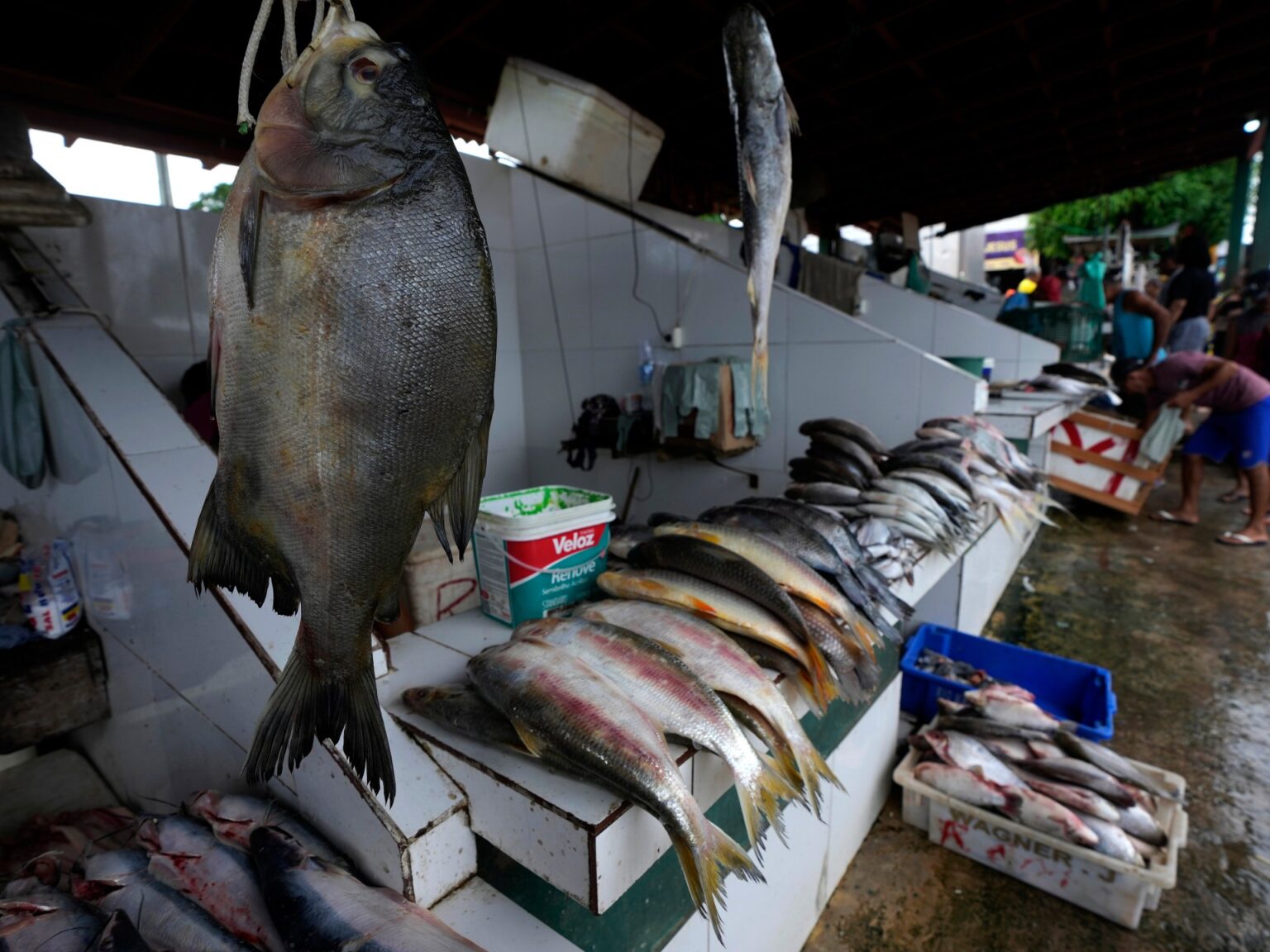As the international community continues to grapple with the future of humanity, most recently at this month’s UN Summit of the Future, the question of how to feed and nourish a growing population without destroying the planet have become increasingly pressing.
An additional 150 million people went hungry last year compared with 2019, with more than 730 million people undernourished worldwide, and the outlook remains precarious. At the same time, food systems are under growing pressure to reduce greenhouse gas emissions, with evidence that they are responsible for approximately a third of all human-caused emissions, two-thirds of which are generated by land-based systems.
Sustainably meeting future global nutritional needs will therefore increasingly rely on fish and other aquatic foods, which have a lower environmental impact than terrestrial animal-sourced foods, yet provide the same – if not greater – nutritional returns.
Aquatic foods already make a significant contribution to global nutrition. The fish currently landed by small-scale fisheries globally represent half of the recommended nutrient intake of omega-3 fatty acids of 987 million women. And farmed bivalves like oysters and mussels, for example, require limited freshwater and land, while providing 76 times more vitamin B-12 and five times more iron than chicken.
But protecting and maintaining fish stocks and aquatic ecosystems to sustain the necessary production and supply also requires more investment and innovation. As of 2017, about a third of global fish stocks were overfished, while the impacts of climate change have undermined production through changing ocean temperatures, salinity levels and excessive algal growth, or eutrophication.
Despite the enormous potential of aquatic food systems to feed the world more sustainably, a significant financing gap persists in research and development. The investment gap in African aquaculture alone amounts to $12bn annually. Addressing this gap is essential for recovering global progress towards the UN’s Sustainable Development Goals (SDGs).
The food systems of the future will need more fish, and the future starts now.
In many of the countries where my organisation, WorldFish, works, we have seen the benefits of investing in increased access to fish and aquatic foods. For example, introducing fresh tilapia into school meals in East Timor, where fish consumption remains significantly below the global average, increases the intake of protein, omega-3, vitamins and minerals among children to support healthy growth and development. And adding fish powder to school meals three times a week in Assam, India, has reduced stunting and increased the average body mass index of children.
WorldFish and our partners have also developed a range of innovations to sustainably increase aquatic food production to ensure these nutritional benefits can reach more people, especially vulnerable groups, such as children and women.
For example, scientists have used selective breeding to improve strains of commonly caught fish, such as tilapia and rohu carp, so they mature up to 37 percent faster with the same resources. This means a greater return for fish farmers, and more nutritious food reaching supply chains faster at no additional cost to the farmer or the environment.
Cutting-edge techniques to sequence common fish diseases have also helped to improve fish health, simultaneously increasing production and driving down emissions caused by losses to disease.
And improvements in sustainable fish and aquatic food production have opened up the potential for new trade corridors, such as the Programme for Improving Fisheries Governance and Blue Economy Trade Corridors (PROFISHBLUE) in the Southern African Development Community (SADC).
By scaling up these innovations around the world, we can unlock enormous gains in food and nutrition security, and, in turn, improved health and development, livelihoods and equality.
Research shows the fishing and aquaculture sector could be producing six times more than it is today under sustainable management, and greater affordability from increased supply would help avoid an estimated 166 million micronutrient deficiencies by 2030. In addition, with more fish available, fisherfolk need to spend less time and fuel at sea, bringing down emissions by up to 50 percent.
The future nutritional needs of the global population are inescapable and must be met through the most sustainable diets and production systems.
Fish and aquatic foods are nutrient-rich and, when produced using the latest best practices, are sustainable and climate-resilient.
A new Pact for the Future must therefore include a commitment to leverage fish and aquatic foods as the cornerstone of the food systems of the future, starting from today.
The views expressed in this article are the author’s own and do not necessarily reflect Al Jazeera’s editorial stance.
https://www.aljazeera.com/opinions/2024/9/27/if-we-want-to-build-a-better-future-we-all-need-to-eat-more-fish?traffic_source=rss


